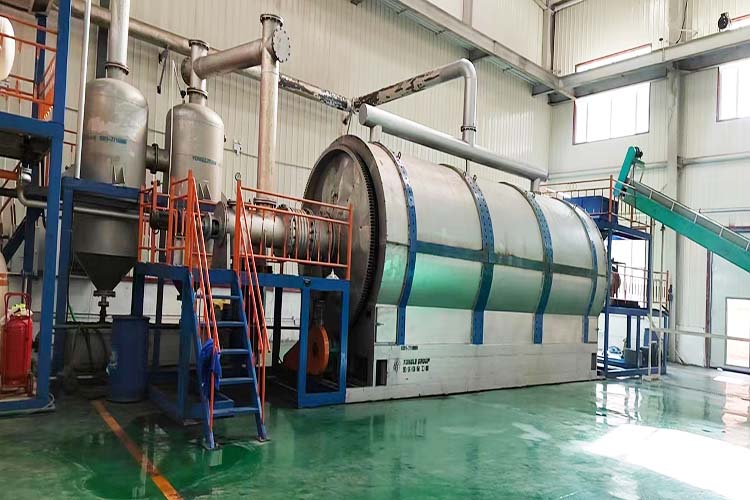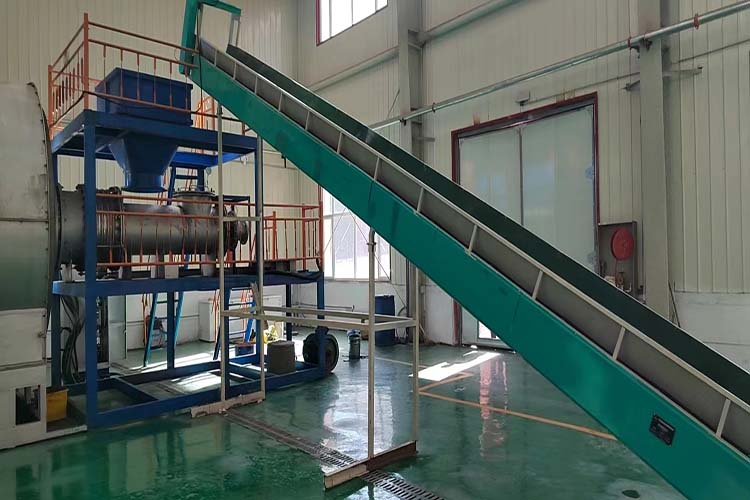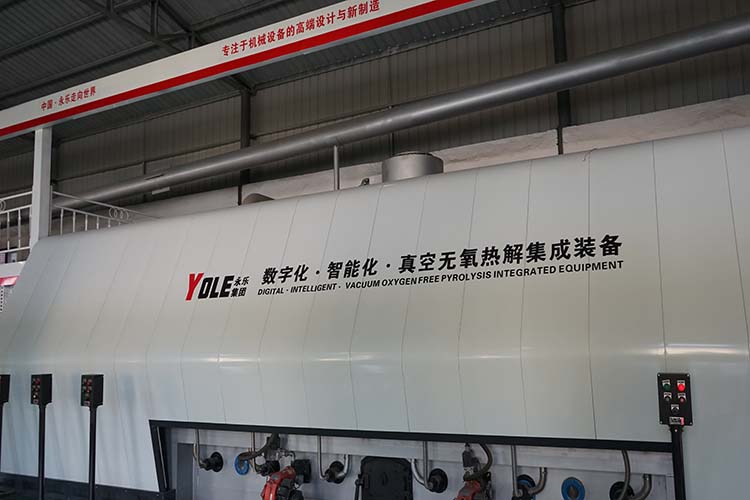In the process of medical waste disposal, the operation of specialized equipment is crucial. These devices typically employ various technologies, such as high temperature, high pressure, and chemical reactions, to effectively disinfect and remove harmful components from the waste. The automation and intelligence of these devices greatly enhance the efficiency of waste treatment, ensuring that the process is both safe and compliant with environmental standards. Medical waste is generally classified into five categories: infectious waste, sharps waste, chemical waste, pharmaceutical waste, and radioactive waste. Each category has specific treatment methods and requirements to effectively reduce potential hazards to the environment and public health.
Infectious waste refers to materials contaminated with pathogenic microorganisms, primarily generated from hospitals, clinics, and other medical institutions. This includes contaminated medical instruments, single-use materials, blood, and other biological materials. To safely and effectively manage this type of waste, processing equipment typically utilizes high-temperature steam sterilization or pyrolysis technology. These technologies can effectively kill pathogens under high temperature and pressure, ensuring that the waste is transformed into harmless substances post-treatment. After processing, this waste may be incinerated or landfilled to eliminate any threats to the environment.

Sharps waste mainly includes needles, blades, scissors, and other sharp objects. These items pose risks of injury to waste handlers and can facilitate the spread of infections. Therefore, the treatment of sharps waste is particularly important. Equipment designed for this type of waste typically features sealed storage containers and crushing and incineration systems. During processing, sharp items are placed into specialized sealed containers to prevent injuries. Subsequently, this waste is thoroughly treated through high-temperature incineration to ensure it no longer poses a risk to public health.
Chemical waste usually consists of residues from various medical reagents, expired medications, and related chemical substances. Due to its corrosive and toxic nature, handling this type of waste requires careful attention. Medical waste treatment equipment employs methods such as neutralization, solidification, or incineration. Neutralization technology can convert harmful components in chemical waste into non-toxic or low-toxicity compounds. Solidification involves transforming liquid waste into solid form for safer storage and processing. After appropriate pre-treatment, chemical waste is sent to specialized incineration facilities for high-temperature processing to completely eliminate harmful components.

Pharmaceutical waste primarily refers to expired or unused medications and related packaging materials. If these drugs are discarded carelessly, they may lead to environmental pollution and the risk of drug abuse. Thus, pharmaceutical waste also requires specialized equipment for treatment. Processing devices typically utilize drug encapsulation or high-temperature incineration methods. Through encapsulation, medications are converted into forms that are less likely to degrade or are more environmentally friendly, thereby reducing their impact on ecosystems. Furthermore, the treatment of pharmaceutical waste must strictly adhere to relevant regulations to ensure that the final disposal methods comply with environmental protection requirements.
Radioactive waste mainly arises from radioactive medical examinations and treatments. Due to its potential radiation hazards, the handling of radioactive waste is extremely important and requires specialized training and facilities. The management of this type of waste includes solidification, sealing, and long-term storage. During this process, specialized equipment for radioactive waste solidifies the waste, making it stable and encapsulating it in impermeable materials to reduce potential environmental risks. Eventually, this waste is sent to dedicated radioactive waste disposal sites for long-term storage to ensure its safety.

In summary, the treatment of medical waste requires specialized equipment and strict management. Using appropriate treatment technologies and devices for various types of medical waste not only improves processing efficiency but also ensures that the treatment processes comply with relevant environmental regulations. This series of measures safeguards public health and the ecological environment. With the continuous development of the medical industry, medical waste treatment technologies will continue to advance, providing vital support for establishing a safe and healthy healthcare environment.
Yongle Environmental Protection is mainly engaged in the research and development, production and sales of complete sets of technical equipment for organic solid waste disposal and comprehensive utilization. Production and manufacturing, domestic waste treatment equipment, tire pyrolysis equipment, medical waste disposal equipment, hazardous waste disposal equipment, and achieve efficient and comprehensive utilization of resources through independently developed low-temperature anaerobic pyrolysis equipment technology solutions.
Tags:The importance of the application and treatment of medical waste disposal equipment.,,YONGLE GROUP
 Latest news
Latest news


























